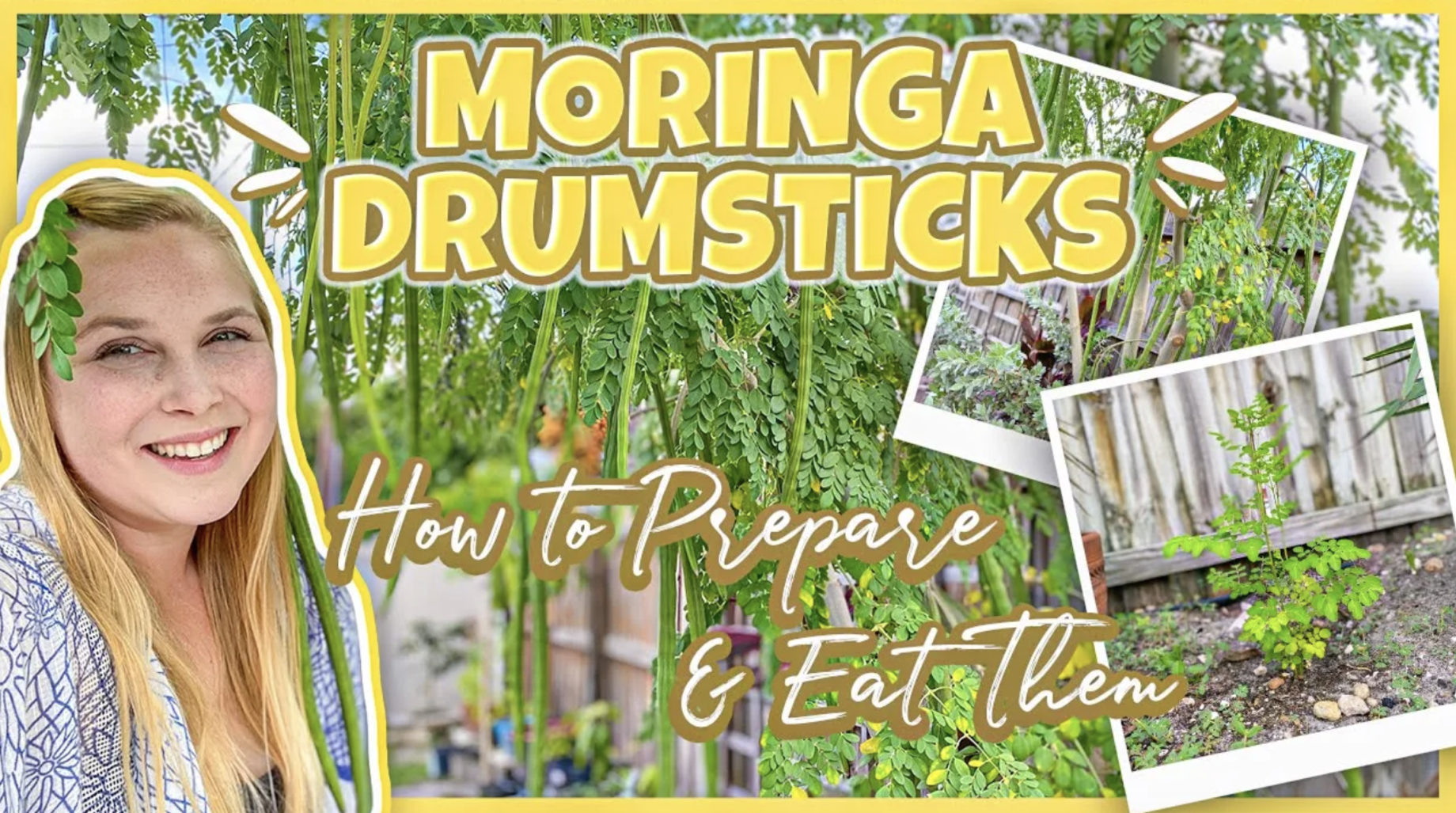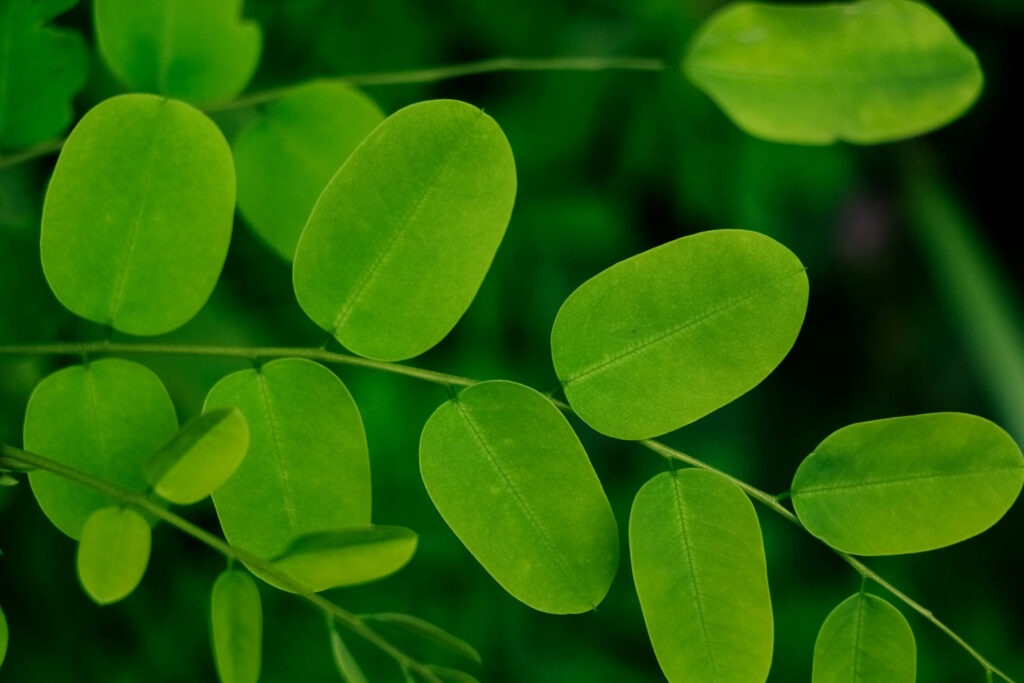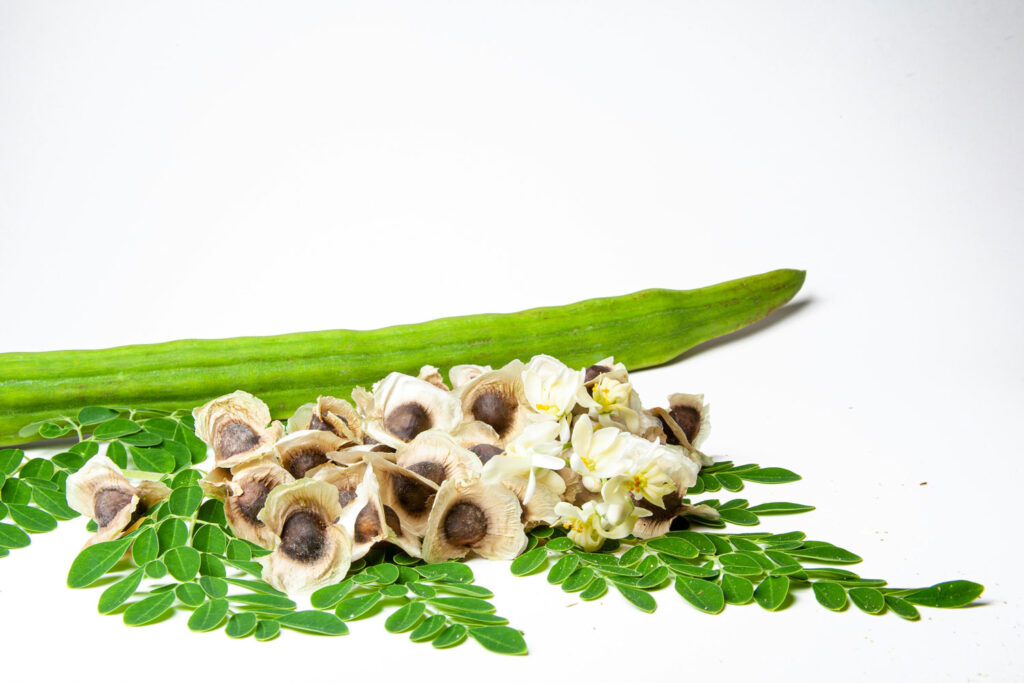
How To Harvest, Prepare, & Eat The Moringa Seed Pods
Harvesting Moringa Seed Pods:
Moringa, also known as the “miracle tree,” is a plant that is highly valued for its nutritional and medicinal properties. One of the most popular parts of the moringa tree is its seed pods, which are not only delicious but also packed with nutrients. Harvesting moringa seed pods is a simple process that can be done when the pods are young and tender, usually around 1 to 2 feet in length.
To harvest moringa seed pods, you can use a sharp knife or scissors to cut them from the tree. It’s important to handle the pods carefully to avoid damaging them. Look for pods that are firm and plump, with a bright green color. Avoid harvesting pods that are too mature, as they may be tough and fibrous.
Preparing Moringa Seed Pods:
Once you have harvested the moringa seed pods, it’s time to prepare them for cooking. Start by washing the pods thoroughly under running water to remove any dirt or debris. Then, trim off the ends of the pods and remove any tough strings that run along the edges. Some people also prefer to remove the outer skin of the pods before cooking, although this step is optional.
Moringa seed pods have a mild, slightly sweet flavor that pairs well with a variety of seasonings and spices. They can be used in both savory and sweet dishes, adding a unique touch to your meals. Whether you stir-fry them with garlic and ginger, boil them in a flavorful broth, or roast them with olive oil and herbs, moringa seed pods are a versatile ingredient that can elevate any dish.

Cooking Moringa Seed Pods:
There are several popular cooking methods for moringa seed pods, each bringing out the unique flavor and texture of the pods. Here are a few ways to cook moringa seed pods:
- Stir-frying: Heat some oil in a pan and add chopped moringa seed pods along with your favorite seasonings and spices. Stir-fry until the pods are tender but still slightly crisp. You can add other vegetables, such as bell peppers, onions, and carrots, to create a colorful and nutritious stir-fry.
- Boiling: Boiling moringa seed pods is a simple and effective way to cook them. You can add them to soups, stews, or curries and let them simmer until they are cooked through. The pods will absorb the flavors of the broth or sauce, making them a delicious addition to any dish.
- Roasting: Roasting moringa seed pods can bring out their nutty flavor and add a crispy texture. Toss the pods with some oil and seasonings of your choice, such as salt, pepper, and paprika, then roast them in the oven until they are tender and slightly browned. Roasted moringa seed pods make a tasty snack or side dish.
- Pickling: Pickling moringa seed pods is a great way to preserve them and add a tangy flavor to your meals. You can pickle them using a mixture of vinegar, sugar, salt, and spices, such as mustard seeds, coriander seeds, and red pepper flakes. Let the pods marinate in the pickling liquid for a few days before enjoying them in salads, sandwiches, or as a condiment.
Nutritional Benefits of Moringa Seed Pods:
Moringa seed pods are not only delicious but also incredibly nutritious. They are rich in vitamins, minerals, and antioxidants, making them a valuable addition to a healthy diet. Here are some of the key nutritional benefits of moringa seed pods:
- Vitamins: Moringa seed pods are a good source of vitamin C, vitamin A, and vitamin K, which are essential for maintaining a strong immune system, healthy vision, and proper blood clotting.
- Minerals: Moringa seed pods are rich in minerals such as calcium, magnesium, and iron, which are important for bone health, muscle function, and oxygen transport in the body.
- Antioxidants: Moringa seed pods contain antioxidants, such as quercetin and chlorogenic acid, which help protect cells from damage caused by free radicals and reduce inflammation in the body.
- Protein: Moringa seed pods are a good source of plant-based protein, making them a valuable addition to vegetarian and vegan diets. Protein is essential for building and repairing tissues in the body.
Incorporating Moringa Seed Pods into Your Diet:
There are countless ways to incorporate moringa seed pods into your diet and enjoy their unique flavor and nutritional benefits. Here are some ideas for using moringa seed pods in your cooking:
- Salads: Add chopped moringa seed pods to green salads for a crunchy texture and fresh flavor. They pair well with leafy greens, tomatoes, cucumbers, and avocado.
- Curries: Include moringa seed pods in vegetable curries for a nutritious and flavorful dish. The pods will absorb the rich spices and coconut milk, adding a delicious twist to the curry.
- Smoothies: Blend moringa seed pods into smoothies for a boost of nutrients and a creamy texture. Combine them with fruits, such as bananas, berries, and mango, and a liquid base, such as almond milk or coconut water.
- Grain Bowls: Top grain bowls with cooked moringa seed pods for a colorful and nutritious meal. Combine the pods with quinoa, brown rice, or couscous, and add roasted vegetables, nuts, and a drizzle of tahini dressing.
- Sauces and Dips: Puree moringa seed pods to make a vibrant green sauce or dip. You can mix them with yogurt, garlic, lemon juice, and herbs to create a tangy and refreshing condiment.

Moringa seed pods are a versatile and nutritious ingredient that can add a unique touch to your meals. Whether you stir-fry, boil, roast, or pickle them, moringa seed pods are sure to elevate the flavor and nutritional value of your dishes. With their rich vitamins, minerals, and antioxidants, moringa seed pods are a valuable addition to a healthy and balanced diet.
Next time you come across moringa seed pods at the market or in your garden, don’t hesitate to give them a try. Experiment with different cooking methods and flavor combinations to discover new and exciting ways to enjoy this superfood ingredient. Your taste buds and your body will thank you for it!
